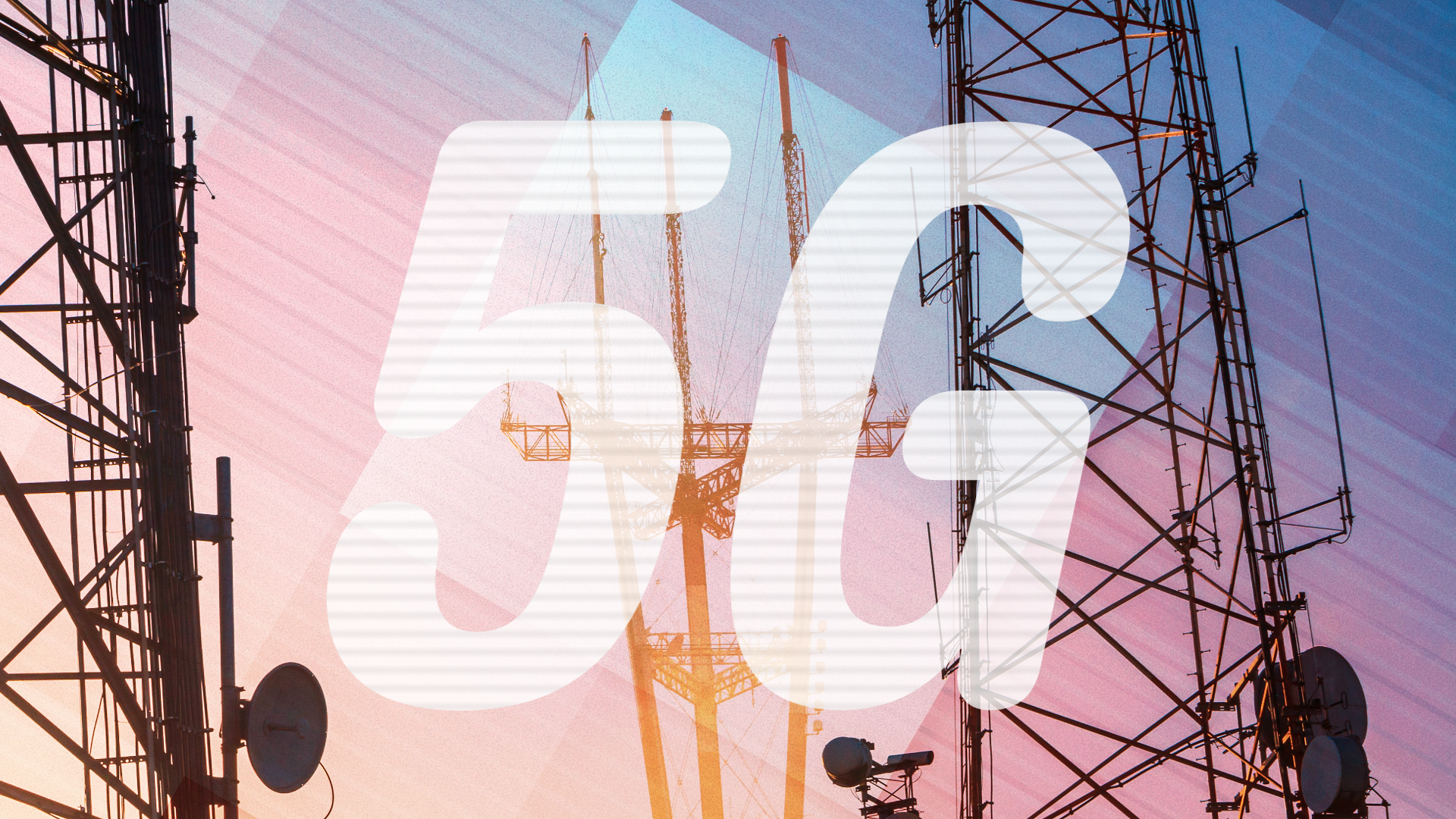Late last year, the FCC said that it was going to open up access to a whole chunk of valuable but poorly utilized spectrum in the so-called "C-band" for 5G use, repurposing frequencies currently used (read: mostly wasted) by American satellite service providers. Today the FCC has announced the details behind that plan. Though the particulars are subject to change, the move would free up a sizable 280MHz for a future auction, and the FCC says satellite providers are even on board with the decision.
According to the current plan, existing use of the C-band — the name for a chunk of spectrum covering 3.7-4.2 GHz — would be redistributed. Satellite providers will hang onto the upper frequencies, and the lowest 280MHz will be placed up for auction where it may eventually be used for 5G (market willing).
Although one might have expected some sort of challenge on this decision from incumbent use, the FCC says that the satellite providers are fine with it: "Incumbent satellite operators in the C-band have told the Commission that the upper 200 megahertz of the band would be sufficient for them to continue providing their current services to customers." Of course, the FCC requires that whoever purchases the spectrum reimburse any costs the satellite providers incur as part of the transition, and the FCC says it might even pay up to $9.7 billion to accelerate the relocation, a sum guaranteed not to be boondoggled away.
The auction for the freed-up chunk of the C-band is currently planned for December 8th of this year, with final refarmed use expected to happen between 2021 and 2023 — not any time soon, in other words.
This chunk of spectrum is also a close neighbor to the recently freed-up Band 48 and should be just as desirable when it comes to 5G purposes. Although low-band 5G implementations like T-Mobile's 600MHz might see signals carry further, mid- and high-band 5G applications have wider chunks of spectrum available to them, which means more bandwidth and the potential for faster performance, but better penetration than mmWave.
To be frank, there isn't a lot of spectrum left in the US for 5G, putting us in a poor overall position in the global "race to 5G." Even FCC Chairman Ajit Pai admits it's a problem:
"Perhaps the biggest challenge the FCC faces as we work to free up more spectrum for 5G is that almost all the airwaves are accounted for in one way or another. There’s not much greenfield spectrum laying around that we can just dedicate to 5G without having to accommodate some range of existing services or licensees. "
This combination of consolidating existing use and repurposing the remainder of the C-Block for 5G ensures that existing satellite services aren't disrupted, while American consumers can enjoy the benefits the extra spectrum will provide to the future of 5G and data access.
Source: FCC

